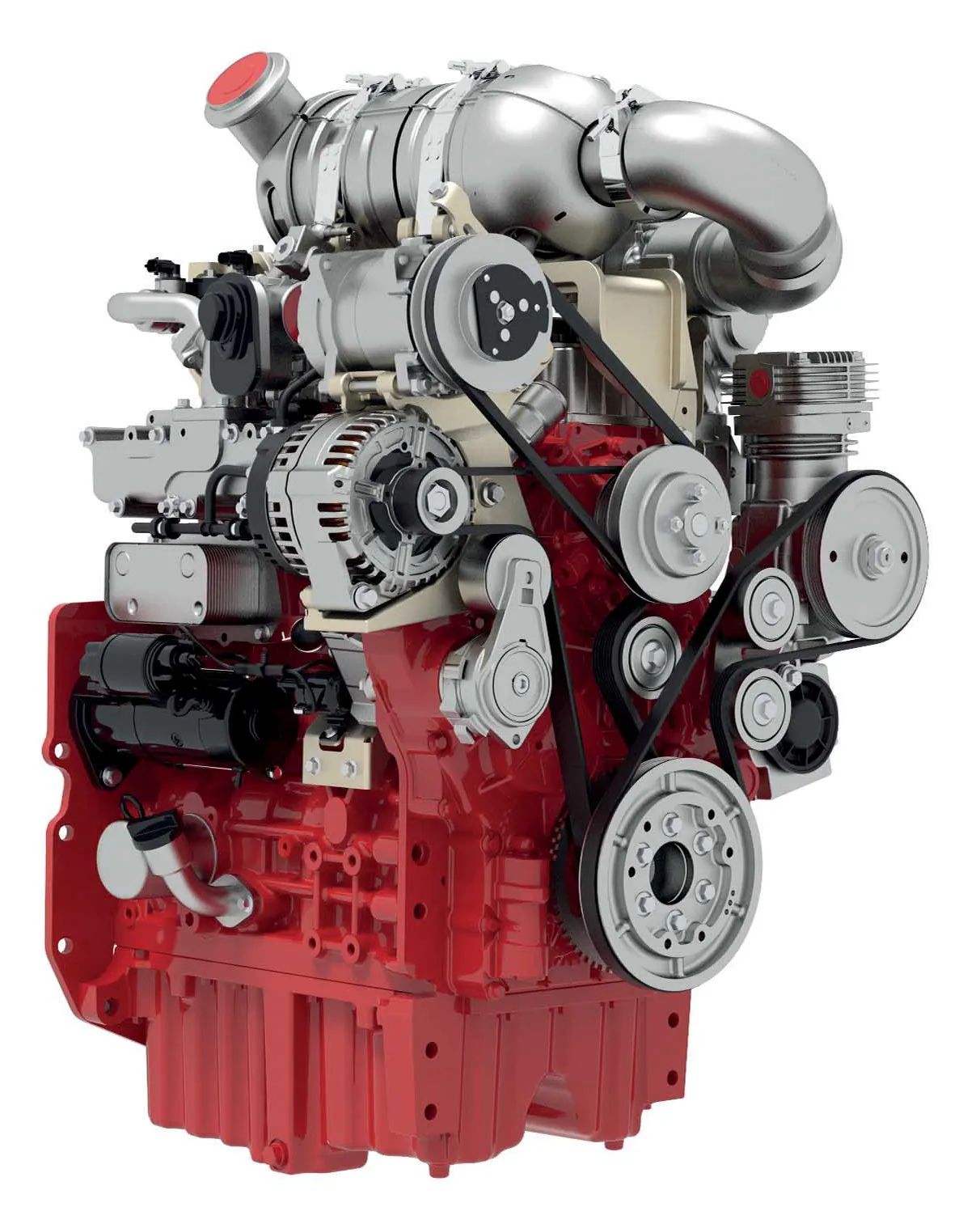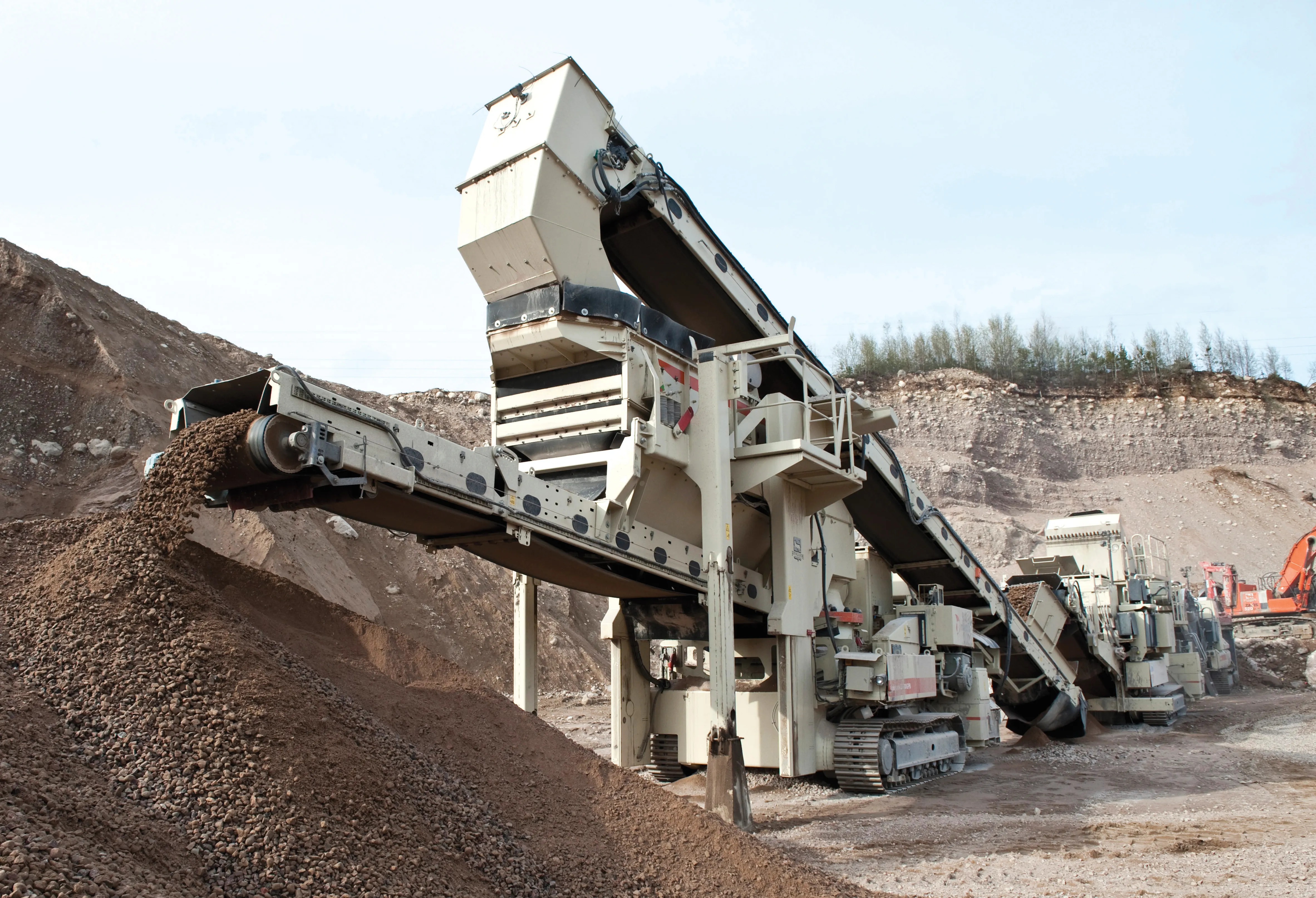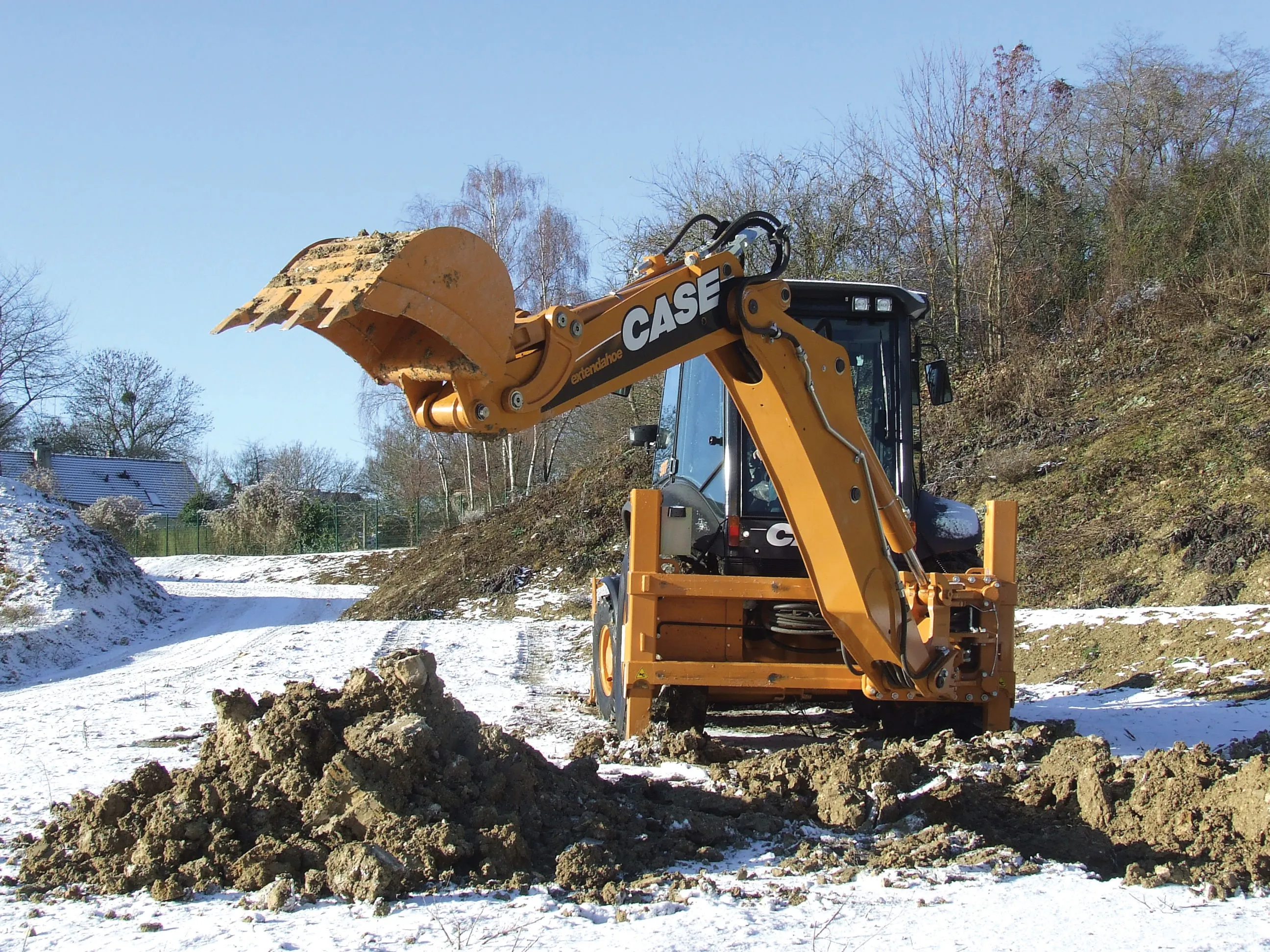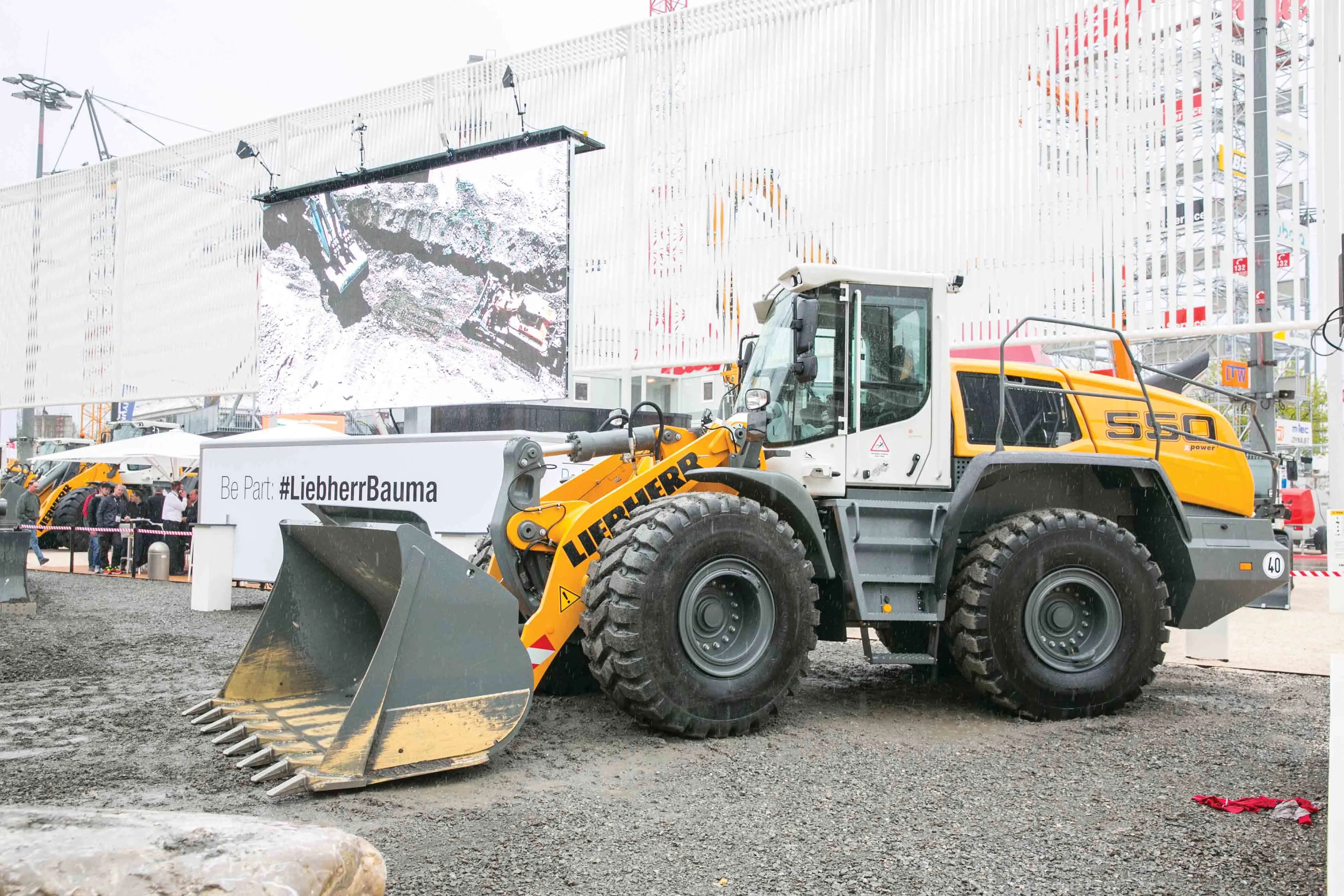Bell Equipment is expanding its E Series articulated hauler line-up with the introduction of the B45E, offering a rated payload of 41tonnes. Powered by the latest six-cylinder Mercedes-Benz off-highway diesel engines and driving through Allison transmissions, Bell’s large truck range all benefit from increased payloads and the company promises a 6-7% lower cost per tonne for the E Series models when compared with previous D series trucks.
To accommodate the larger 7-speed transmission, Bell has removed the
March 14, 2016
Read time: 2 mins
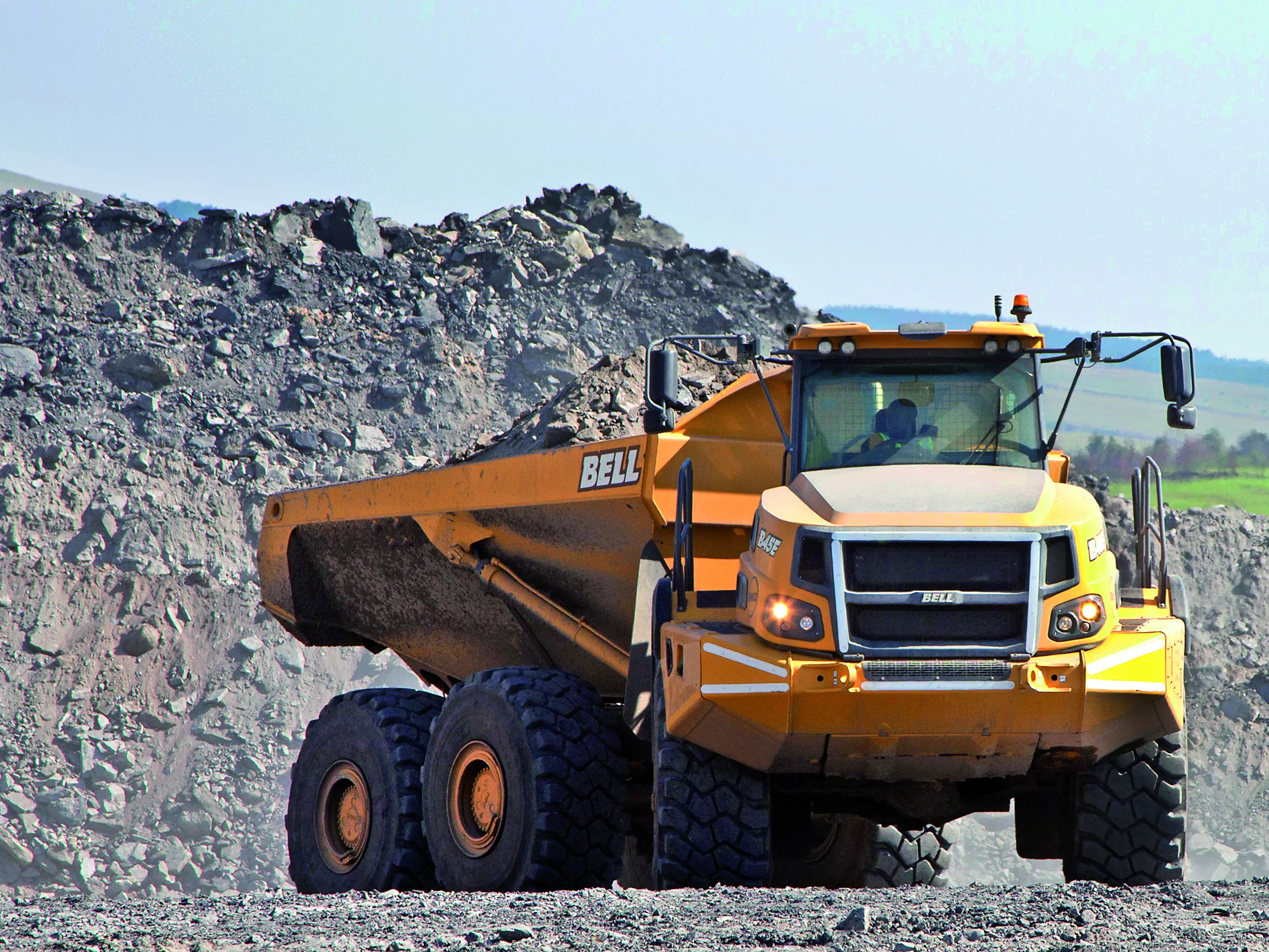
To accommodate the larger 7-speed transmission, Bell has removed the automatic retarder on the transmission and opted to incorporate this feature into the wet brake system. The trucks have also adopted a
"The retardation is still operated automatically and the new position of the retardation will not adversely impact on brake life. This is because extensive testing has shown that at the low pressures generated in the brakes during retardation there is always oil between the wet brake plates, so there is no touching and wear," said product marketing manager Tristan du Pisanie.
"The retardation power of the Jacobs engine brake is higher than the engine braking produced by the outgoing V6 and V8 engines on the D-series trucks. The benefit is that a lot less retardation outside of the engine is required," said du Pisanie.


